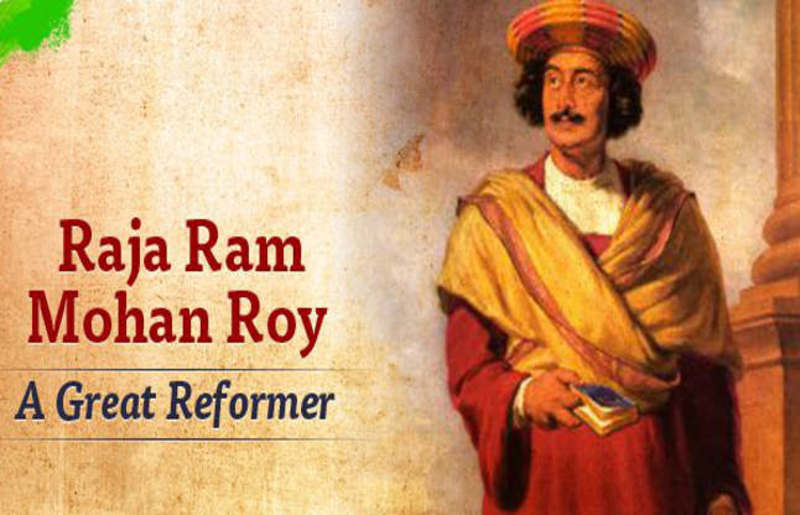A great social as well as religious reformer, Raja Ram Mohan Roy was a great thinker and visionary who lived during one of India’s darkest social phases. He co-founded the Calcutta Unitarian Society and later founded Brahmo Samaj. Roy’s notable work was his fight against the cruel practice of ‘Sati’ where a widow was burnt alive at the pyre of her husband. He is also known as the Father of Modern India.
On his birth anniversary, here is a lists some of the interesting facts about Raja Ram Mohan Roy that you should know:
1. Buried outside India:
He is perhaps the only cultural leader of the Renaissance period and a notable few of the contemporary Indians to be buried in the West. He died of Meningitis in Stapleton near Bristol. He is buried at the Arnos Vale Cemetery nearby.
2. Ambassador of Mughal Empire:
He went to England to lobby against overturning the ban of Sati in India. He did so under the capacity as an ambassador of the Mughal Emperor although he was employed on numerous occasions by the Company and was a known sympathizer of the English cause over the Old order.
In fact, many people allege that Bramho Samaj was a platform to attract younger brothers and sons of zamindars and kulin bramhans who were disinherited from their property to form a coalition with the English ruling class to better subdue the interests of the old ruling class (nawabs, zamindars and the priestly class).
3. Coined the term “Hinduism”:
Indians did not understand the concept of religion. Religion was seen as a way of life, hence loosely translated as Dharma (duty or responsibility in the world) as against an Abrahamic organizational entity. People referred to their cult as “Sanatan” or eternal way of life and people of other religions were identified by their place of origin like Turki for the Turk, Pashari for Persian, Olondaaz for Portuguese, Foransh for French, etc.
This made religious debates very difficult and discourses often very confusing to follow. Since he was father of the Renaissance movement and had to put in his ideas to reform religion, it is generally believed that he used and popularized the word “Hinduism”.
4. Tried to fabricate his literary creation as ancient text:
Rammohan was clever enough to understand that his ideas were more welcome if only people looked at it as age old wisdom rather than a revolutionary new idea. Thus, along with Hariharananda Vidyavagish and William Carey, he wrote a book “Maha Nirvana Tantra” which supported monotheism and had sections masking prevailing progressive judicial thoughts as ancient discourse on law.
However, the plan failed as British collectors grew skeptical that such ideas should emerge from the ruled underclass and referred the matter to Hindu pundits expert at Shastras.
Information Source: Quora
![]()



